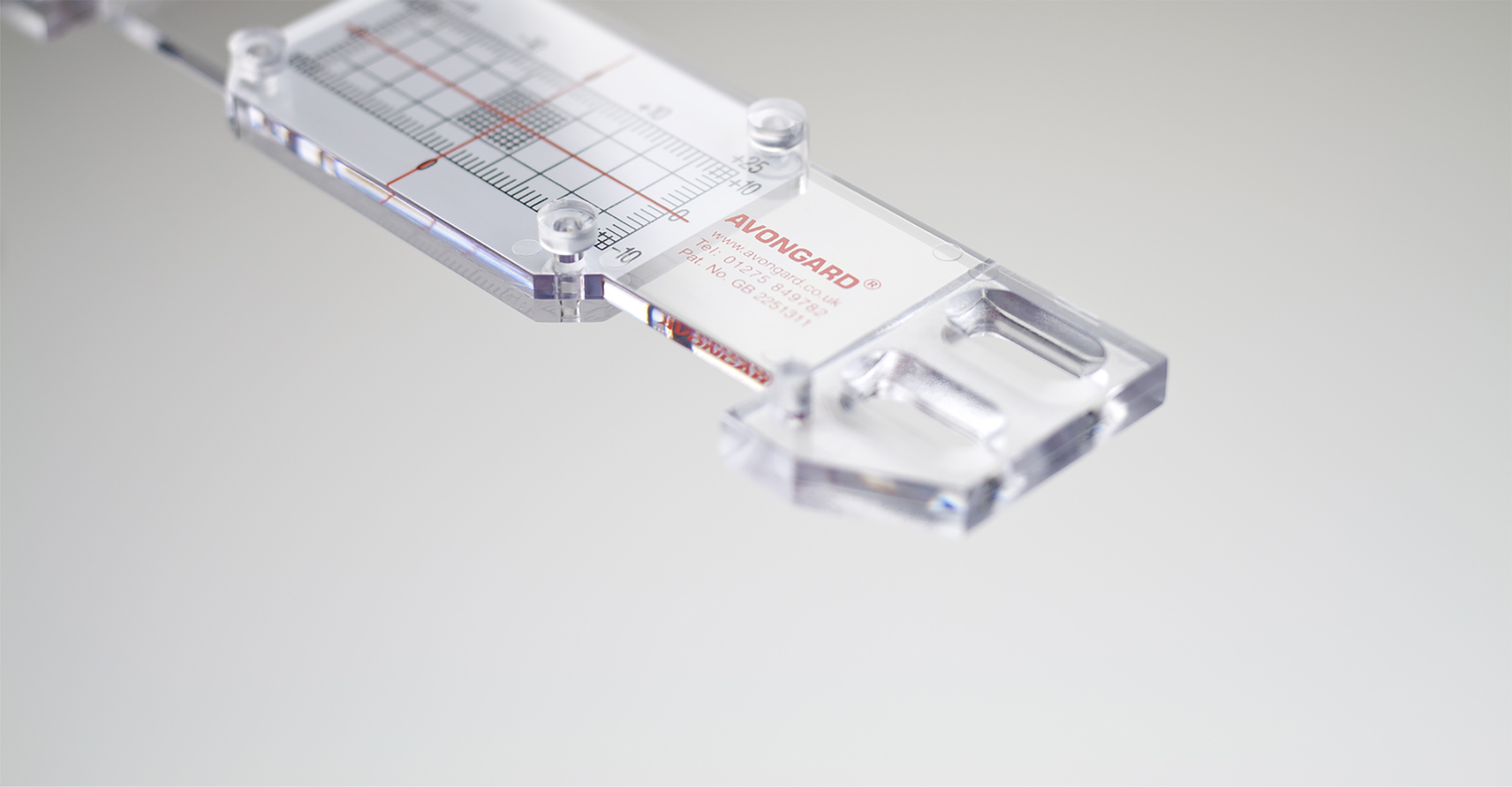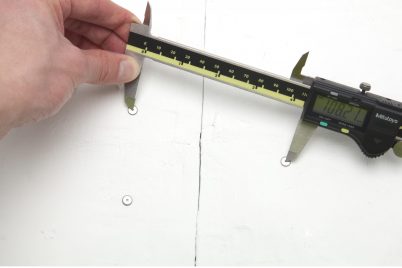
FAQs
Why do I need to monitor the changes of the width of a crack?
Cracks often appear in a building. They may be just hairline cracks and of little significance or they may be the first sign of a serious defect.
The crack may not increase in width and therefore would be static. However it may progressively increase in width over time. This progressive movement may suggest there is a serious defect in the foundations and / or the superstructure.
Monitoring and recording progressive changes in the width of the crack over time will confirm or otherwise the nature of the defect and assist with diagnosing the cause.
Sometimes cracks will open and then partially close, and then open again before partially closing again following a cyclic pattern of movement. Again monitoring and recording the changes of width over time and perhaps correlating the crack movements with external factors will assist with identifying the cause.
Monitoring in isolation to any other investigation will rarely provide sufficient information to fully diagnose the cause of cracks. But it will indicate how the building is deforming and the rate at which movement is occurring. The results of the monitoring are a vital ingredient for diagnosing the cause.
Since crack monitoring takes time, it is essential it starts at the earliest opportunity and continues throughout the period of inspections and investigations. In some instances it can be continued to validate the remedial work. For example, a useful application of using Tell-Tales for crack monitoring would be illustrated by the following scenario: An existing building is to be demolished to make way for a new development. There are existing buildings either side. Before demolition starts, the owner or the advisers of the building to be demolished inspects with the owners of the adjoining buildings any cracks in their buildings. The widths of the cracks are measured using an Avongard Crack Width Gauge as part of the present condition survey and Tell-Tales are fixed across any cracks. The position and reading of each Tell-Tale are agreed with all interested parties. All interested parties countersign the crack monitoring sheet. At agreed stages during the demolition, foundation and superstructure construction, all interested parties again read the Tell-Tales for signs of movement and countersign the crack monitoring sheet. This procedure can reduce the incidence of disputes and claims with adjoining owners.
What is the best method to fix Avongard Tell-Tales?
Ideally the Tell-Tales should be fixed with screws / plugs and adhesive. There is the risk of tampering if fixed with screws alone. We can supply the correct size fixings and adhesive.
On some surfaces there is no option but to use only adhesive. The adhesive must fully cure before the pegs are removed. The time taken for the adhesive to cure will depend on the ambient temperature, but the Tell-Tale must be held in position until the adhesive has hardened sufficiently for it to support the weight of the Tell-Tale.
Some customers use the following technique to provide temporary support of the Tell-Tale until the adhesive cures:
• Roll a piece of Blu-Tack into a ball and squeeze it flat until it is about the size of a coin.
• Press it on to the back of the Tell-Tale on the white coated section.
• Apply the adhesive at both ends of the Tell-Tale and press the Tell-Tale into position across the crack.
• Do not remove the pegs until the adhesive has hardened.
• In many instances the Blu Tack will support the Tell-Tale long enough for the adhesive to harden.
How do I use the Calipers?
The picture shows three datum points being used. This is necessary if vertical as well as horizontal movement is required. The guidance notes included with the caliper kit describe how this is calculated.
However, at 0.1mm resolution, extraneous information such as thermal, shrinkage and moisture content changes may be detected. It is necessary to separate this from the data needed to determine the cause of the cracking.
Using the caliper at a resolution of 0.1mm does require some skill in order to achieve a good repeatability of readings. Avongard include with each caliper kit guidance notes to assist with getting the best results and good repeatability when using calipers.

Which system should I use for monitoring, Tell-Tales or a caliper?
Tell-Tales
• Tell-Tales are calibrated to 1.00mm and can be read by interpolation to 0.5mm.
• They are simple to install and read. For many applications they are perfectly adequate. The owner of the building can take the readings, complete the crack monitoring sheet at each reading and forward it to the professional for analysis.
• Cracks on flat surfaces as well as in corners and out plane or displacement movement can be monitored using Tell-Tales.
Often cracks occur in inaccessible locations, such as the vaulted roofs of a church or cathedral or the underside of a bridge deck. Having been fixed using a ladder, scaffold or a cherry picker, Tell-Tales allow for subsequent readings to be taken using a surveyor’s level or field glasses.
Calipers
• A caliper can be used with Stainless Steel Monitoring Discs or Avonmarks and these can easily achieve a resolution of 0.1mm.
• The particular advantage with this high resolution is that trends of movement can be identified relatively quickly thereby shortening the monitoring period.
• Also, the monitoring datum points, whether Stainless Steel Discs or Avonmarks, are relatively unobtrusive.
• A Corner Disc can be used for monitoring cracks in corners using calipers.
A Combination
• The Plus Tell-Tale (and a Corner Tell-Tale, which uses the Plus Tell-Tale with a Corner Adaptor) has projections, which can be used as a datum for the jaws of the calipers thereby upgrading the resolution to 0.1mm.
What is the coefficient of thermal expansion of Avongard Tell-Tales?
The coefficient of thermal expansion is 6.8 x 10-5 cm/cm per degree Centigrade. This is applicable for temperatures ranges between -40 degrees C to +80 degrees C.
There are three factors that can affect the reading of the Tell-Tale due to temperature changes. The coefficient of thermal expansion, the change in temperature and the relationship between the dimension of the Tell-Tale and that of the building element being monitored. Because the dimensions of the Tell-Tale are small when compared with the building element, the effect of thermal expansion and contraction of the Tell-Tale is usually insignificant.
Avongard Tell-Tales have been used successfully throughout the world for many years, from the desert and tropical to the polar regions as well as the more temperate climates.
Why do I need to take the temperature of the cracked building?
A crack in a building will behave in a similar way to a movement joint. With variations in temperature, expansion and contraction will occur and these movements may be concentrated at the crack.
So, when monitoring changes in crack width it is useful to take temperature readings of the construction materials at the same time.
The actual movement across the crack due to thermal movement will depend on a number of factors, for example the coefficient of thermal movement of the construction material, the temperature gradient through the thickness of the wall or building element, whether the cracked building is restrained or free to move and so on.
Measuring the temperature is particularly important when crack monitoring to a high resolution, such as when using calipers.
If I’m not based in the UK, will I need to pay additional fees or taxes?
While we recommend purchasing via one of our distributors in your region, there may be instances where this isn’t possible or you choose to purchase directly from us, raising the subject of charges you may need to pay to import our products.
Ultimately, these charges are dependent on your region’s customs procedures. Some regions may charge various fees including (but not limited to) duties and taxes.
Additionally, couriers may pay these charges on your behalf to expedite the clearance process, and then charge them to you, including a handling fee.
However, Avongard does not have any prior knowledge of the charges you may need to pay and they are not included in the price you agree to pay to us.
Importation of products is the responsibility of the importer. We recommend you consult your local customs authority prior to placing your order with us if you wish to gain a better understanding of any charges you may need to pay.
To find a distributor, please use our Find A Distributor section or feel free to email us on sales@avongard.com.